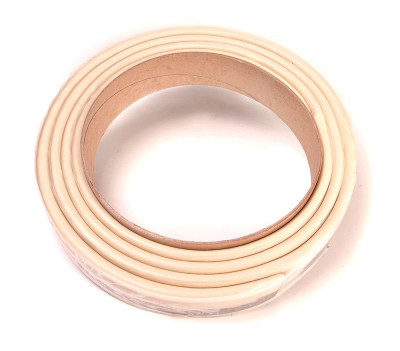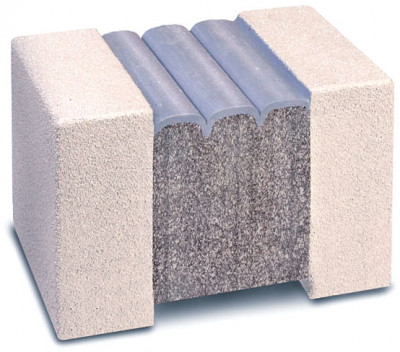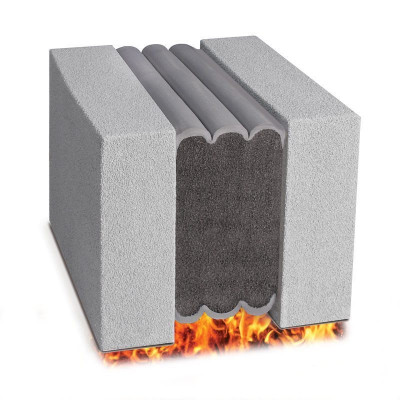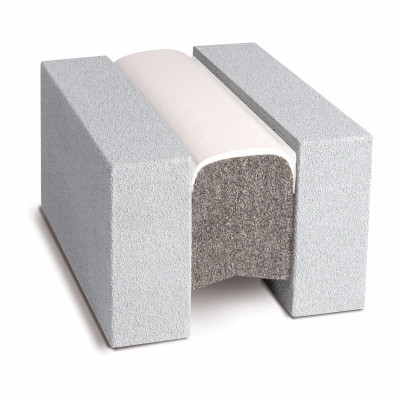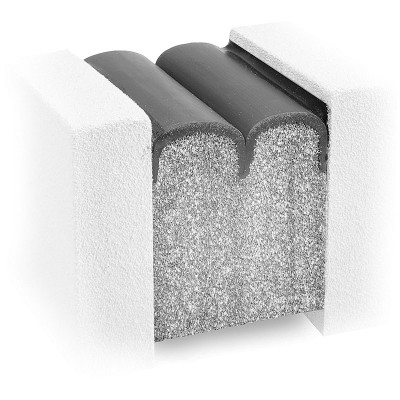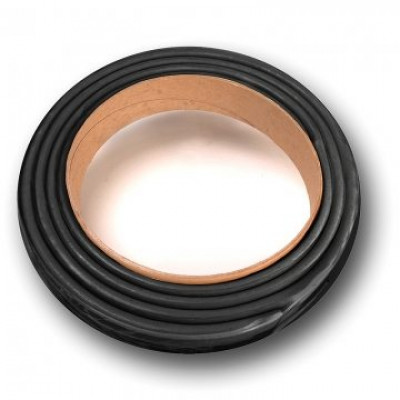SJS-Seismic Joint System
A seismic expansion joint, the SJS System is watertight and features a trafficable cover plate that is not attached to the concrete deck. It is comprised of silicone-and-impregnated-foam hybrid components that ensure watertightness, absorb sound, dampen vibration and offer uncomplicated installation.
SJS is constructed from two pre-compressed hybrid foam sealants pre-assembled in parallel adjacent to a heavy-duty extruded aluminium spline. The spline acts as a receptor for attaching the surface-mounted traffic plates that bear vehicle and other loads. The result is a system that offers features and benefits not found in alternative products intended for large, horizontal structural joint gaps.
How it works
Unlike side-mounted coverplates, the SJS plate is not anchored into the concrete and will not loosen during load transfer and vertical deflection movement.
Watertight at the deck surface, the SJS System does not rely on gutters that hang under the joint.
Movement
Up to 100% Total (+50% and -50% of nominal supplied size.)
Features and Benefits
- Watertight – The tensionless silicone bellows are installed flush to the mounting height of the system and just below the cover plate ensuring watertightness at the traffic surface. This eliminates the need for ineffective moisture barriers and secondary gutter systems. SJS System is also available specifically for watertight integration with split-slab buried waterproofing systems–see SJS-FP.
- Sound Dampened – The flanking impregnated foam and silicone hybrid dampens sound and shock effectively. When installed over EMSEAL-supplied elastomeric nosing material Emcrete, the result is arguably the quietest watertight cover plate system available. (Video: See and hear the SJS difference.)
- Installs Rapidly – Using non-invasive anchoring the SJS System eliminates drilling associated with hard metal-to-concrete connections as well as intrusive pins, anchors, screws, bolts or tracks, trays or rails. The system is locked to the joint faces by the backpressure of the foam and an epoxy adhesive, and by the injection of a silicone sealant band at the bellows to substrate interface. (Video of installation in a parking deck or a stadium at the New York Mets and the San Francisco 49ers).
- Self-Locating Cover Plate Screws – The center spline is a continuous receptor for the cover plate screws that are self-tapped into the anchor channel. This dramatically reduces the installation-related problems of locating self-centering, sliding ball devices and pantographs. The probability of screws being left out is eliminated ensuring proper anchoring.
- Self-Locking, Vibration-Dampened Screws – Vibration in systems that rely on metal-to-metal connections and contact points is the main cause of screw loosening. SJS minimizes vibration through the dampening action of the massive and continuous springs of impregnated foam along the entire length of the joint. In addition, 30 pounds of force is required to loosen the screws offering excellent screw tightness without the need for thread-lock compounds.
- Field-Adjustable Plate Support – Concrete in new and retrofit applications is inevitably uneven across and along the joint. The SJS System is installed over a leveling-bed of Emcrete elastomeric nosing material providing the ability to fine-tune the support of cover plate sections. This eliminates plate rocking and noise caused by unleveled plates. Systems that attach or utilize intrusive extruded rails to receive sliding ball plate retention devices cannot be adjusted to eliminate unevenness across and down the length of the joint.
- Continuity of Seal – All EMSEAL expansion joint systems feature continuity of seal through changes in plane and direction –– an essential performance differentiator. Interlocking or continuous fabricated transitions for curbs, sidewalks, treads and risers, and parapets for example, are available with the SJS System.
- Finite Element Analysis (FEA) Compiled Safety Factors – Prior to field trials, the SJS System was modeled using FEA to determine the suitability of design to worst case possible parking deck loads.
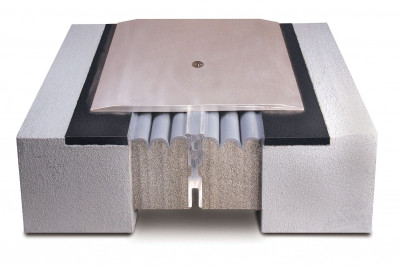
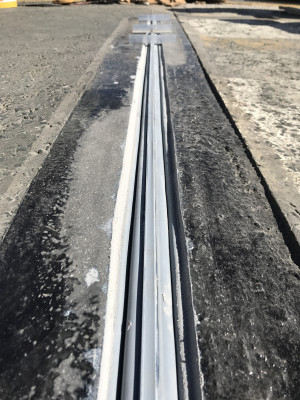
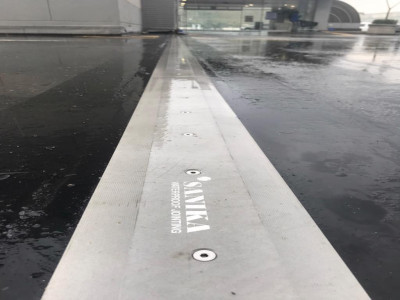
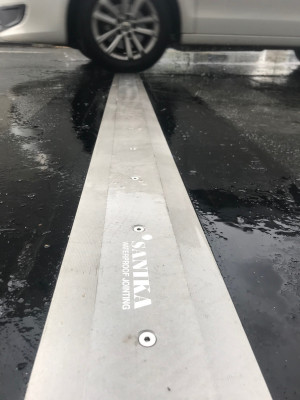
- parking decks/car parks
- stadiums
- mall bridge connectors
- airports
Sizes:
50 – 450mm
Product Depth: varies with joint size
- EMSEAL SJS 3 Part Spec.doc
- SJS Seismic joint system deck expansion joint deck to wall typical
- SJS Seismic Joint System Deck Expansion Joint Deck to Deck with Emcrete Typical
- SJS Seismic Joint System Deck Expansion Joint Deck to Deck with Emcrete Typical
- SJS Seismic Joint System Deck Expansion Joint Deck to Wall with Emcrete Typical
- Transition SJS Seismic Joint System Downturn Transition to Colorseal
- Transition SJS Seismic Joint System Over 6 inch curb typical

